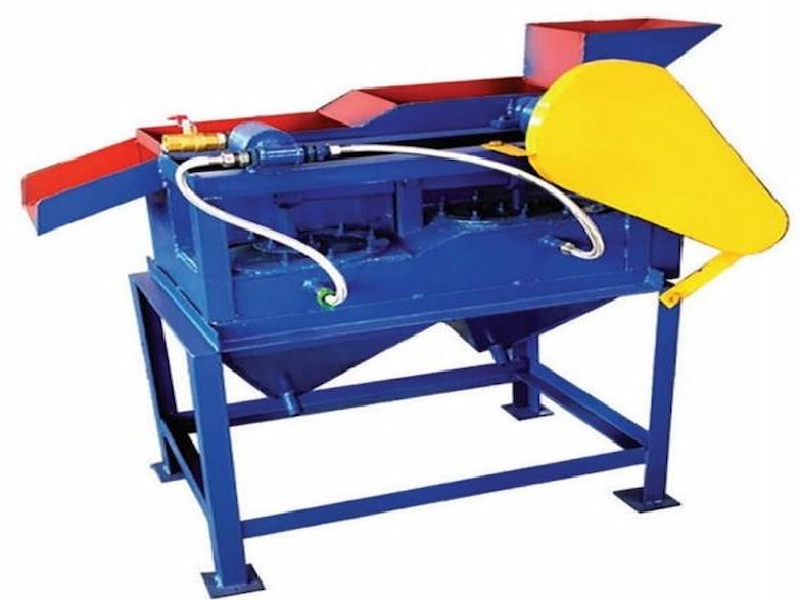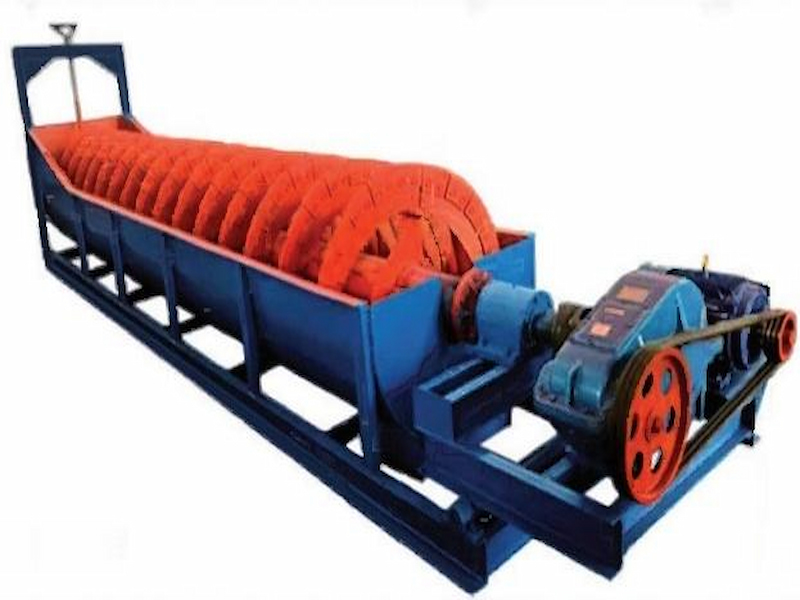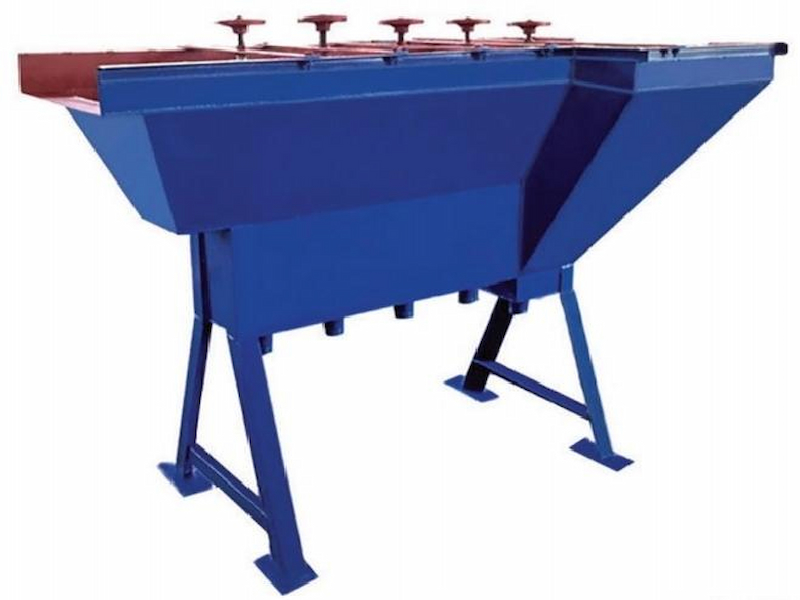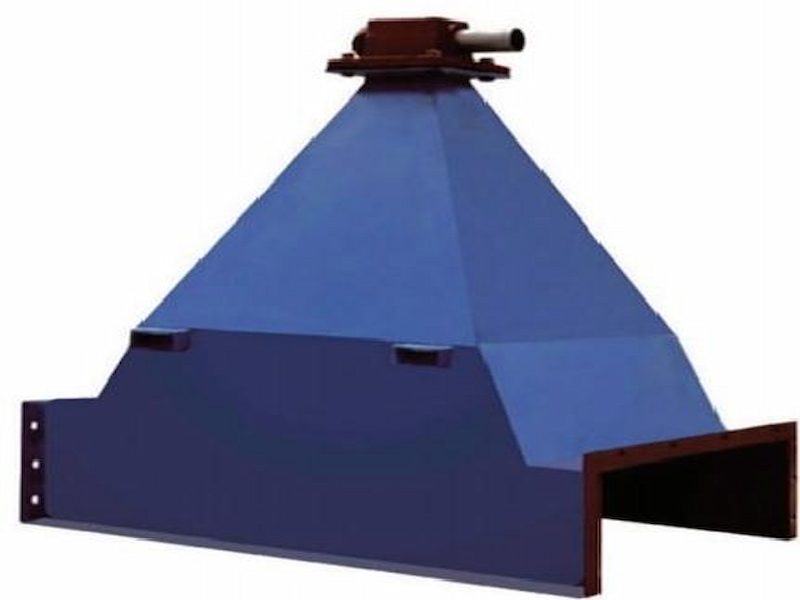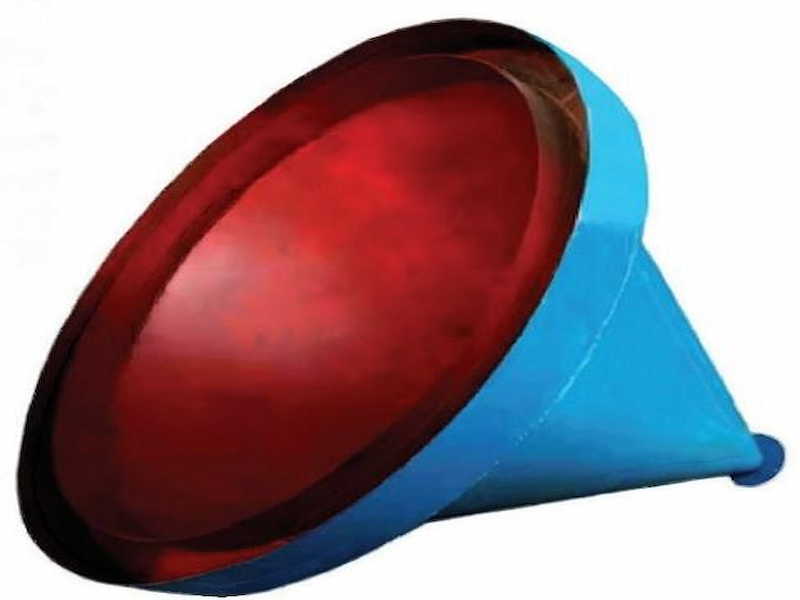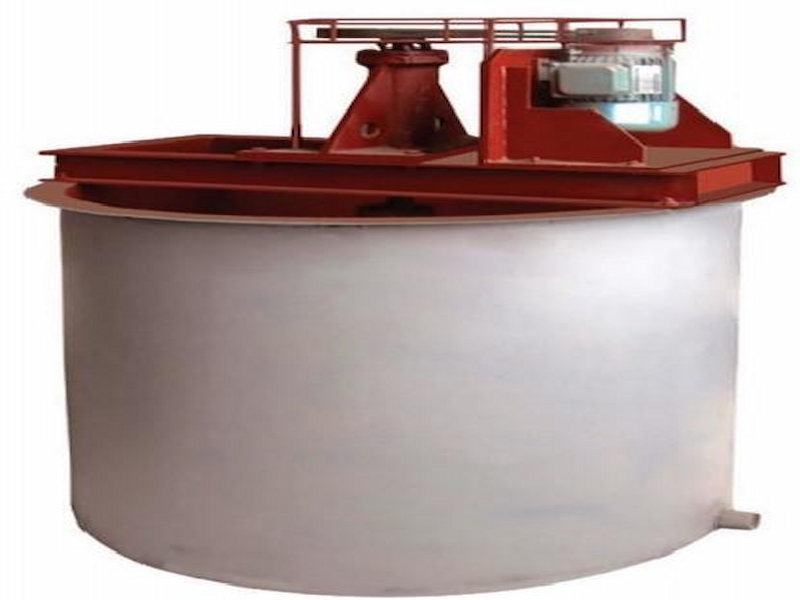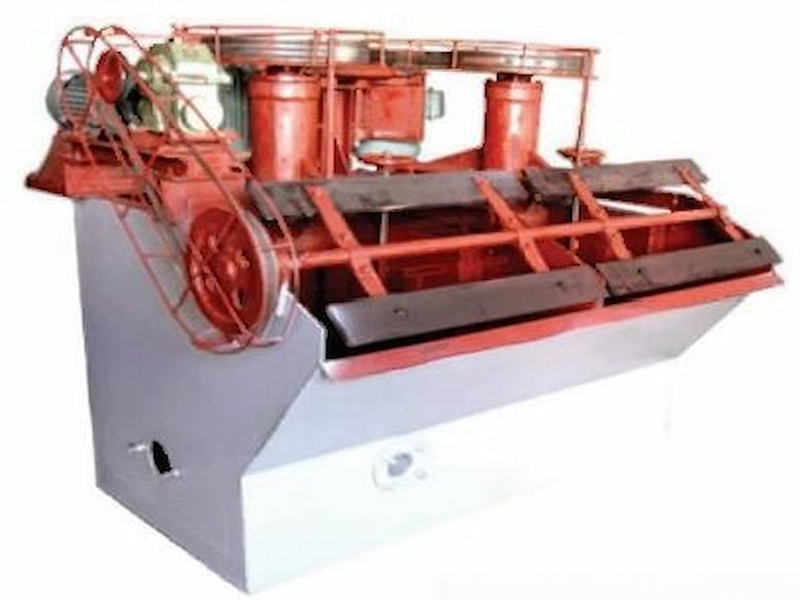CATHAY experimental jig: gravity sorting, precise tool for laboratory mineral classification
1. Jigging principle, achieving mineral density difference sorting
CATHAY experimental jig is based on mineral density difference, and uses vertical alternating water flow to stratify and sort the mineral particles. The core of the equipment consists of a jig chamber, an agitator, a screen plate, and a discharge mechanism: after the slurry (concentration 10%-30%) enters the jig chamber, the agitator (eccentric wheel or diaphragm) drives the water flow to do vertical alternating motion (frequency 30-300 times/minute adjustable), and the mineral particles are loosely suspended under the action of the rising water flow; when the water flow descends, the high-density mineral particles (heavy minerals) gradually settle on the screen plate to form a heavy product layer due to the fast sedimentation speed, and the low-density mineral particles (light minerals) stay on the upper layer to form a light product layer. The heavy products and light products are discharged separately through the discharge mechanism (manual or automatic) to complete the sorting process. The jigging cycle (ratio of rising time to falling time) can be flexibly adjusted. With the selection of the sieve plate aperture (0.2-5mm), it can accurately separate minerals with a density difference of ≥0.5g/cm³, with a sorting efficiency of more than 80%, providing reliable data for mineral selectivity research.
2. Multi-mineral adaptation, covering the needs of mining experimental sorting
Metal ore sorting experiment: For heavy-selection minerals such as gold, tin, and tungsten, the re-selection process can be simulated for sorting. For example, in the placer gold sorting experiment, by adjusting the water flow intensity (rising water flow velocity 0.1-0.5m/s) and the jigging frequency (100-200 times/minute), the gold particles (density 19.3g/cm³) are deposited on the sieve plate to become heavy products, and light minerals such as sand and gravel are discharged with the water flow. The gold grade of the concentrate can be increased by 50-100 times, and the gold loss rate of the tailings is controlled below 5%, which clearly reflects the re-selection recovery effect of the placer gold mine.
Rare metal ore enrichment: Suitable for enrichment experiments of rare metal ores such as tantalum-niobium ore, zircon sand, and monazite. In the separation of zircon sand and quartz, the density difference between the two (zircon sand 4.6-4.7g/cm³, quartz 2.65g/cm³) is used to optimize the jigging parameters, so that the grade of zircon sand concentrate can be increased to more than 90%, meeting the raw material requirements for subsequent ore dressing or smelting.
Coal sorting research: Used in the sorting experiment of raw coal, it can separate clean coal and gangue. In the thermal coal sorting experiment, by adjusting the jigging cycle (rise time: fall time = 1:2), clean coal (density 1.3-1.4g/cm³) is discharged as a light product, and gangue (density > 1.8g/cm³) is discharged as a heavy product. The ash content of clean coal can be reduced by 10-20 percentage points, and the ash content of tailing coal is increased to more than 40%, providing parameter basis for coal preparation process design.
Purification of non-metallic minerals: Purification experiments can be carried out for non-metallic minerals such as diamond, barite, and fluorite. In the separation of diamond and surrounding rock, the density difference between diamond (density 3.5g/cm³) and surrounding rock (density 2.6-2.8g/cm³) is used. Through high-intensity jigging (frequency 200-300 times/minute), diamond can be enriched in heavy products with a purity of more than 95%; the separation of barite and calcite can increase the grade of barite concentrate to 90%, meeting the requirements of chemical raw materials.
Ore pre-selection experiment: used for pre-selection and discarding of low-grade ores, and studying the relationship between discarding rate and recovery rate. For example, for low-grade iron ore (grade 15%-20%), more than 50% of waste rock can be discarded through jigging and sorting, so that the grade of selected ore can be increased to 25%-30%, significantly reducing the subsequent mineral processing costs and providing data support for feasibility studies of mine development.
3. Performance advantages to ensure accurate and reliable experimental data
Precise parameter control: equipped with a digital display control system, the jigging frequency (accuracy ±1 time/minute), stroke (0.5-5cm adjustable, accuracy ±0.1cm), and slurry concentration can be accurately adjusted and displayed in real time to ensure that the experimental conditions of different batches are consistent and the data repeatability error is ≤5%. For example, in the tin ore sorting comparison experiment, the tin recovery rate deviation of two experiments under the same parameters can be controlled within 3%, meeting the requirements of scientific research experiments for data stability.
Clear stratification effect: The agitation device adopts a symmetrical design to make the water flow in the jigging chamber evenly distributed (the flow velocity difference at each point is ≤5%), avoiding the mixing of mineral particles caused by local eddy currents, and the stratification interface between heavy products and light products is clear, which is convenient for observation and sampling analysis, ensuring that the sorting results can truly reflect the density differences of minerals.
Flexible and convenient operation: supports manual and automatic operation modes - the manual mode is suitable for exploratory experiments and can adjust various parameters in real time; the automatic mode can preset the jigging program (store 10 sets of common parameters), and automatically complete the sorting after one-click start, reducing manual intervention. The sieve plate adopts a quick-release design, and different aperture sieve plates can be replaced within 5 minutes to meet the sorting needs of different particle size ore samples (0.1-10mm).
Visual observation: The jigging chamber is made of transparent plexiglass, which can intuitively observe the stratification process of mineral particles and the state of water flow, and facilitate the recording of sorting phenomena at different stages (such as looseness and stratification speed), providing an intuitive basis for analyzing the sorting mechanism. Equipped with a high-definition camera interface, it can be connected to the device to shoot the stratification dynamics for experimental teaching or research reports.
4. Structural design, taking into account both experimental adaptability and durability
Miniature multifunctional design: The equipment occupies only 0.3-0.8㎡, which is suitable for compact laboratory space; the jigging chamber volume is optional from 5 to 50L, and the single processing ore sample volume is 0.1-5kg, which meets the needs of small batch experiments. It supports single-chamber and double-chamber combinations, which can simulate roughing and fine separation processes, and study the impact of multi-stage separation on indicators.
Anti-corrosion and wear-resistant treatment: The parts in contact with the slurry (jigging chamber, screen plate, agitation diaphragm) are made of 316 stainless steel or polyurethane, which are resistant to acid and alkali corrosion (can withstand slurry with pH2-12), and the surface of the screen plate is hardened to withstand long-term friction of ore particles, with a service life of more than 8,000 hours.
Precise discharge control: The heavy product discharge adopts a spiral or gate design, and the discharge speed (0-100mL/min) can be fine-tuned to ensure the stability of the heavy product layer thickness; the light product is discharged through the overflow port, and the height is adjustable to meet the sorting needs of different slurry volumes, avoiding the mixing of heavy minerals in light products or the entrainment of light minerals in heavy products.
Safety and environmental protection design: The motor is equipped with overload protection and leakage protection devices to ensure safe operation; the slurry circulation system adopts a closed design to reduce slurry overflow and water evaporation, and keep the working environment clean; wastewater can be collected and treated through pipelines, which meets the environmental protection requirements of the laboratory.
5. CATHAY brand guarantee, helping mining research
Each experimental jig is tested by standard ore samples (such as barite-quartz mixed samples) before leaving the factory to ensure that the stratification effect and parameter stability meet the standards. Professional technical team provides customized services - automatic discharging system, slurry concentration online monitoring device or data acquisition system can be configured according to experimental requirements; on-site installation and commissioning, experimental method training services are provided to assist scientific researchers in establishing jigging experimental programs (such as determining the optimal frequency, stroke, and slurry concentration). 7×24 hours after-sales hotline response, providing fault diagnosis, component replacement and other services, core components (motor, agitator) warranty for 1 year, sufficient inventory of wearing parts (diaphragm, sieve plate) to ensure the smooth progress of the experiment.
From the study of mineral density differences to the optimization of gravity separation process, from the exploration of mineral separation parameters to teaching demonstrations, CATHAY experimental jig machine provides a reliable experimental platform for mining scientific research and teaching with precise parameter control, stable separation effect, and convenient operation experience, helping to explore the laws of gravity separation in depth, promote the advancement of gravity separation technology and efficient use of resources.

Table parameters
|
规格型号 Model
|
面积(m²) Area
|
偏心冲程(mm) Stroke
|
给矿粒度(mm) Size
|
冲次
jig frequency
|
处理量(t/h) Capacity
|
功率(kw)
Power
|
外形尺寸(mm)
Dimension
|
重量(kg) Weight
|
|
XCT100×150
|
0.015
|
0-20
|
0-3
|
420
|
0.02-0.5
|
0.37
|
754×484×902
|
75
|
|
XCT150×200
|
0.03
|
0-20
|
0-3
|
346
|
0.02-0.5
|
0.55
|
900×584×902
|
150
|
|
XCT200×300
|
0.06
|
0-32
|
0-6
|
346
|
0.03-0.8
|
0.75
|
1110×820×1312
|
175
|





